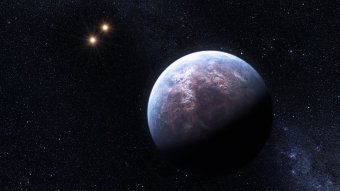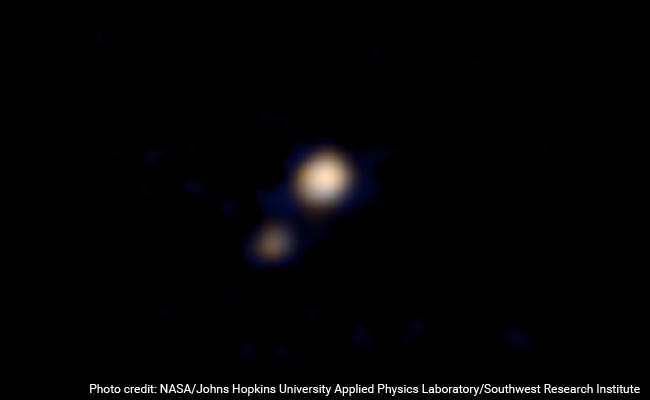
A file photo.
WASHINGTON (PTI): A remote gas planet about 13,000 light-years away has been discovered by scientists using NASA's Spitzer Space Telescope, making it one of the most distant planets known.
The discovery demonstrates that Spitzer can be used to help solve the puzzle of how planets are distributed throughout our flat, spiral-shaped Milky Way galaxy.
"We don't know if planets are more common in our galaxy's central bulge or the disk of the galaxy, which is why these observations are so important," said lead author Jennifer Yee of the Harvard-Smithsonian Centre for Astrophysics (CfA), and a NASA Sagan fellow.
Poland-based Optical Gravitational Lensing Experiment, or OGLE's Warsaw Telescope at the Las Campanas Observatory in Chile scans the skies for planets using a method called microlensing.
A microlensing event occurs when one star happens to pass in front of another, and its gravity acts as a lens to magnify and brighten the more distant star's light.
If that foreground star happens to be orbited by a planet, the planet might cause a blip in the magnification.
Astronomers are using these blips to find and characterise planets up to 27,000 light-years away in the central bulge of our galaxy, where star crossings are more common.
Our Sun is located in the suburbs of the galaxy, about two-thirds of the way out from the centre.
The microlensing technique as a whole has yielded about 30 planet discoveries so far, with the farthest residing about 25,000 light-years away.
In the case of the newfound planet, the duration of the microlensing event happened to be unusually long, about 150 days.
OGLE detected the start of the event, and Spitzer began monitoring it. Both Spitzer and OGLE's telescopes detected a telltale planetary blip in the magnification, with Spitzer seeing it occur 20 days earlier.
This time delay between OGLE's and Spitzer's viewing of the planetary event was used to calculate the distance to the star and its planet.
Knowing the distance allowed the scientists also to determine the mass of the planet, which is about half that of Jupiter.
The research was published in the Astrophysical Journal.
 Previous Article
Previous Article Next Article
Next Article













The Indian Air Force, in its flight trials evaluation report submitted before the Defence Ministry l..
view articleAn insight into the Medium Multi-Role Combat Aircraft competition...
view articleSky enthusiasts can now spot the International Space Station (ISS) commanded by Indian-American astr..
view article